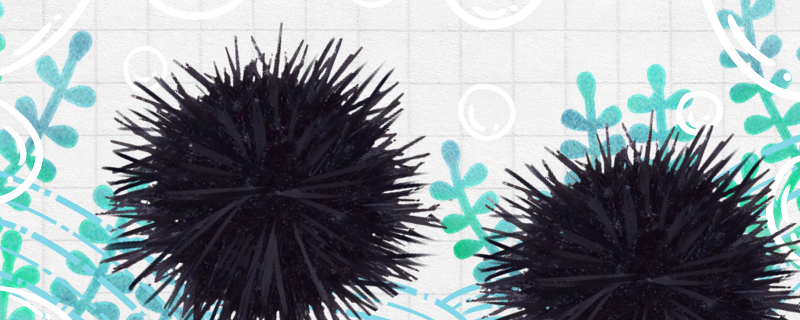
Sea urchins are invertebrates, belonging to echinoderms under invertebrates, and are relatively inferior animals. From the appearance point of view, their structure is relatively simple, the shape is spherical, there is a hard shell, the outside of the shell has many thorns, one or two centimeters long.
From the outside, sea urchins are boneless, that is, there is no skeleton of an animal under our usual definition. In fact, the hard shell of the sea urchin is formed by the fusion of the inner skeleton, so it can also be regarded as the bone of the sea urchin. However, this bone is relatively simple compared with humans and most animals, but it is more important for sea urchins to protect their bodies.
As mentioned above, sea urchins, as echinoderms, are relatively low animals, so their structure is relatively simple, and some of them are different from most animals. For example, from the appearance, sea urchins do not have legs, only many spines distributed on their shells, about 1-2 centimeters in length. These spines can play a protective role, but the spines themselves are relatively easy to break, and will regenerate at a relatively fast rate after breaking.
These spines not only protect sea urchins, but also help them move. When sea urchins want to move, they will slowly adjust the position of their spines. If legs are defined as active organs, then the spines of sea urchins can be counted as their legs. Of course, the spines of sea urchins are not comparable to the legs of most animals, and they move very slowly.